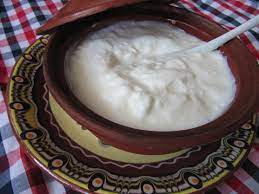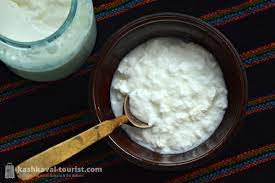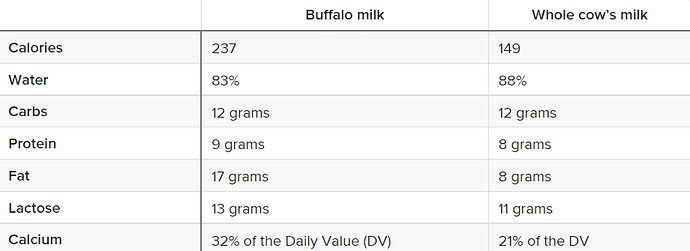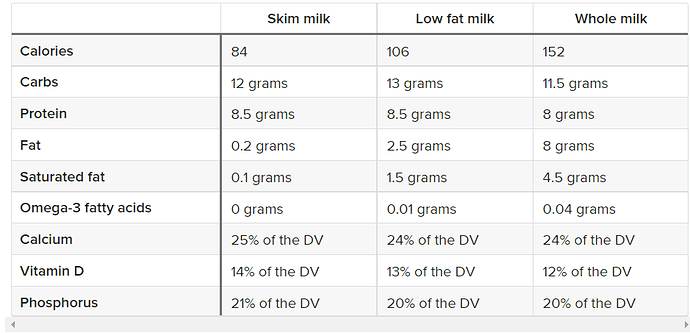Hello,
I’tried the Balkan Style Plain Yogurt for a few weeks now and I’m not very happy about the result. It’s rather liquid and granular. I’ve incubated it for 12 hours like I did it with my usual yogurt starter, but it was even more granular. Now I incubate it for 9-10 hours and the result is better. Less granular, but still liquid. Now I don’t have any yogurt starter left and I hesitate to order the same one. How can I improve the result of my yogurt ?
Thank you for sharing your experience.
If you can provide images, we can be more specific and helpful. But we can share some thoughts in general.
The bacterial cultures in the starter do not have a texture. They “eat” the lactose in the milk, and the side product “lactic acid” acts on the fat globules and protein in the milk, which form the texture.
Some starters contain thickeners that “make” texture, not by fermentation but by the thickening agents.
If you wish to get a different texture(when using our clean-of-additives starters), you must change the milk used. If the same milk is used, the same results can be expected.
Which milk makes the thickest yogurt
Below, 1 indicates the thickest texture, and 5 indicates the liquid texture. Combinations are posible.
1. Buffalo’s, 2. Sheep
s, 3. Cows milk, 5. Goat`s milk (some comparison tables below)
–
1.Full-fat(whole), 3. Semi-skimmed, 5. Skimmed( some tables below)
–
1. Unhomogenised, 3. Homogenised
(homogenisation breaks down the fat globules, and as a result, the texture can be from creamy to liquid)
–
1. High in protein and fats, 5. Low in proteins and fats (see tables above)
–
1. Boiling(only dairy milk) improves the texture. 3. Not-boiled (dairy) milk tends to make creamy textures
From the vegan kind of milk - Soy and Cashew with no preservatives and additives perform best.
Example: If you use boiled, unhomogenised and whole Buffalo`s milk, then the texture will be out of this world. If you boil any milk, the texture will be thicker with less whey as the water in the milk will be evaporated.
The granular effect is typical for authentic yoghurt, but again it depends on the milk used, as most processed milk does not deliver it. You can strain the yogurt using a cheesecloth, remove the whey and make a creamy texture. However, the straining will reduce the amount of yogurt(as well as reduce the lactose and fats), so choosing the suitable milk and preparing it(boiling) for fermentation will deliver, in most cases better thick texture with no need to strain it unless the reduced lactose and fats are desired effect.
P.S. We know that making yogurt and kefir at home can be challenging, and we created a customer service team that answers emails for less than 6 hours in most cases. Please do not be shy and contact us after the first failure letting us know - the milk used(fat contents), the incubation device, time for fermentation. The contact email is printed on the front of the package, back of the package, sachets, directions for use, our website, blog, forum, YogurtApp, Youtube, Facebook, Instagram, Pinterest, and Reddit. If you have any suggestions on where to post our customer service email, please let us know
I’ve had a lot of variation in texture with the yogurt I have made with NPS starters, even when I think I’ve used the same ingredients and procedures, but here are some experiences I have had:
I’ve always made the yogurt in an InstantPot with a “yogurt” setting, so that I can make a large amount at a time.
- You can definitely make cow’s milk yogurt as thick as you want by adding powdered milk to it. Try 1/4-1/2 cup to a half gallon of whole milk. For a while, I thought that this was also more likely to cause the milk to come out grainy, but I currently doubt that idea.
- I have a hypothesis that pre-boiled milk is more likely to come out grainy. This makes getting a final result that is both thick and creamy challenging.
- I have also had occasions where vigorously whisking the grainy yogurt will make it satisfyingly smooth. This also makes the result runnier. So try adding powdered milk (I’ve only every tried nonfat powdered milk) to whole milk to get a very thick yogurt, then whisk it to make it smooth.
I’ve also had success getting thicker yogurt simply by leaving it to incubate for much longer periods, like 24-36 hours. But I like sour yogurt, which can be another thing that happens with long incubation.
You can make it creamy if you strain it out using a cheesecloth
Variation is a common feature when making it at home. Yogurt is not static in texture and taste by default because the texture depends on the milk. The milk comes from different farms, milked from different cows that eat different food(seasonal), and processed as per the season(hot and colder seasons require different processing). You need to find the best conditions that the bacteria in the starter will like most to deliver the best texture for you.
This setting works great for “recultivation”, or when ready, yogurt is used as a starter. We fund that is frequently not enough for use with milk and starter as the first batch requires more time. Find more why and stages of fermentation on our YouTube channel
Please do not add anything to the whole dairy milk and starter. Any addition destabilises the bacterial blend.
The preboiled milk is part of the traditional recipe for real homemade yogurt(L.Bulgaricus and S.Thermophilus), which should make “grainy” yogurt if the milk is not homogenised. For a milder, creamy version and less grainy yogurt, try our starters with no S.Thermophilus or L.Bulgaricus or simply get homogenised milk which, if with less fat, will deliver liquid texture. You can also strain it for a creamy and thick texture.


This is how the drinking yogurt is made.
For more info and videos explainer on how to get the right texture, please visit our YouTube channel
Thank you for this information, but can you explain the volume of milk being assessed in these breakdown
lists. What volume of milk does the calories relate to and could you reply in either in ml or pints. Many thanks.
Calories in yogurt depend on the milk used - fat content, proteins, and sugars.
This article explains that better Yogurt Nutrition Facts and Health Benefits


